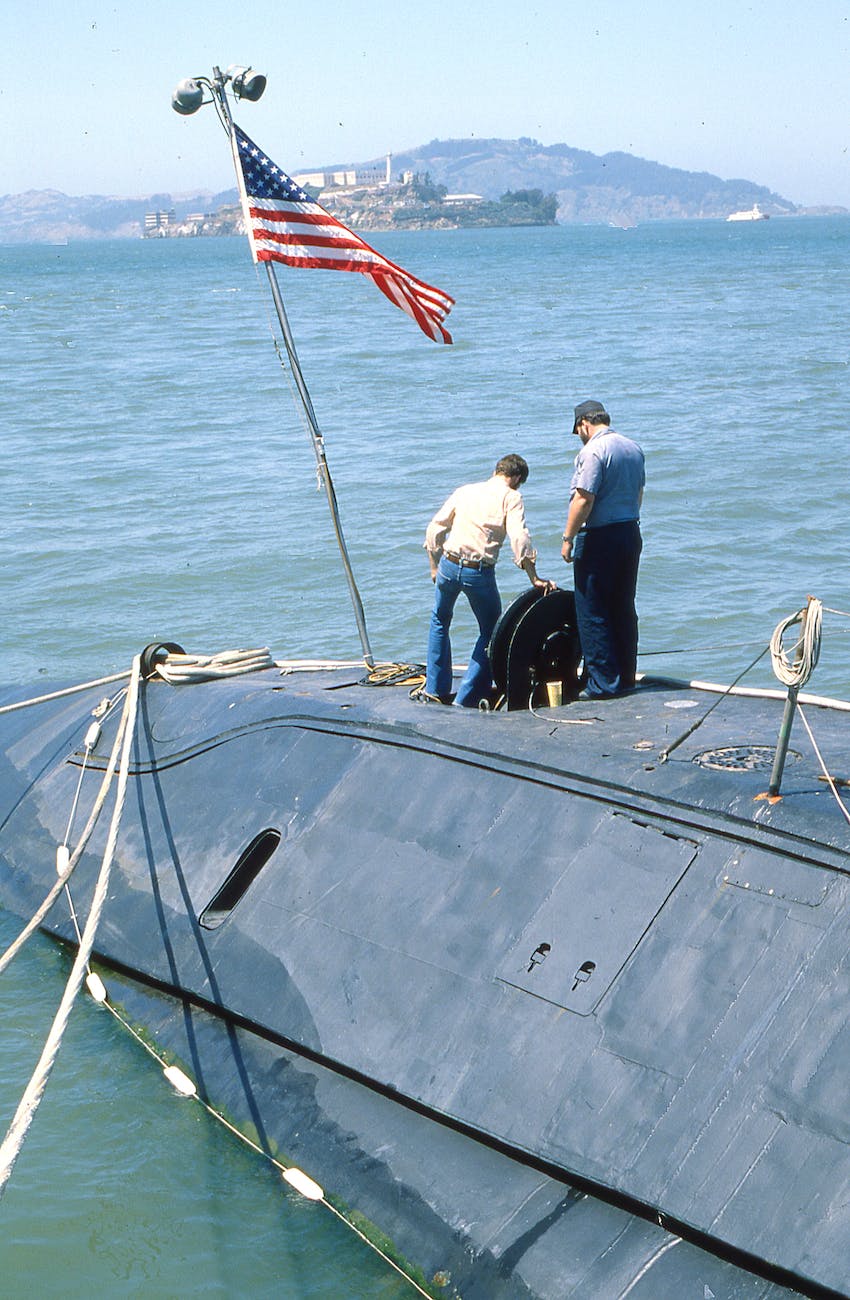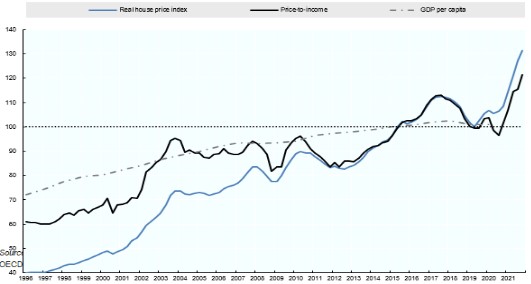
Virtual communities – what place do they have in our modern world? In evaluating the evidence I will be observing how virtual communities and social relations are unconstrained by actual identities, physical bodies, time and space. When we sit down in front of a terminal or use a mobile device to access the Internet we are allowing a limited form of our consciousness to roam free out there on the virtual super highway. We are especially free of these limitations when communing with other people in online groups.
by Robert Hamilton
Comprehending Virtual Communities
When joining an online community the user is most often asked to create a user name and often this user name becomes a new mask to their identity. This mask then becomes an identity in itself, albeit a one dimensional identity, more suited to the online environment. There are advantages and disadvantages to this ‘filtering of identity’ process. The major advantage I would posit is the reframing of values, where the content of what I have to say is put ‘front and centre’- and the often discriminatory issues of who I am, what I look like and how much money I have are initially devalued. For example in the case of the online dater (Frazzetto, 2010) on a site like RSVP, the sensory factors are removed, we are meeting potential partners blinded to their three dimensional appearnace, their smell and body language – all things we take for granted when meeting people in the real world. So this can be advantageous to the potential suitor who gets the chance to put across his poetic pitch and have the content of this absorbed by his or her possible partner. This same situation can also be viewed as disadvantageous when dating – as much time can be wasted on interactions with people that once introduced into the real world simply don’t measure up to greater sensory scrutiny.

Economically the so called ‘free online dating’ (Rothman, 2009) has proved to be a highly lucrative business for the owners of the major sites like RSVP and EHarmony, as the selling of the ‘soul mate’ dream to the online dating community has not only been successful but has expanded, both the times when people are dating and the types of people now participating. It is a trend setting social phenomenon and it will be interesting to see some broad social outcomes in the future, when data becomes available.
Online communities, unlike physical communities, remain accessible 24/7, and this has advantages for individuals who may be restricted in their movements by geographical or other factors. Online communities, which have originated through a desire for better health (Eysenbach, 2009), are a prime example of this The expecting mother, who can be limited by her physical state and may have left the workforce, finds a rich source of fellow travellers and advice online. These virtual communities offer much in an age where GP’s no longer make house calls. The negative views, expressed by the medical establishment re-the quality of advice being received within these online communities, can be seen as an attempt by the medical fraternity to maintain economic control of the health market in the face of the decentralising nature of the Internet. There are now a number of excellent Australian Government websites devoted to providing health information in regard to diagnosis and treatment – and many of these offer links to online communities who have grown up around a particular health condition. In reality it can be shown that a great deal of time and money is wasted by unnecessary visits to GP’s and the Internet provides a wonderful technological tool to access health information (Nettleton, 2005). Learning requires motivation and impending mortality or serious illness is a powerful motivator. If we can provide universal access, here in Australia, through something like the National Broadband Network- then the Internet can be used to educate our population about their health and make better use of our finite hospital system.

Another example of this decentralisation of power is in the recent proliferation of file sharing sites for music and entertainment. Sites like Napster and Bearshare allow lovers of music to be part of the distribution of popular music (Withers, 2009); and in many cases to not pay for the product. This situation is a prime example of power shifting from large corporate record companies into the hands of the consumer. The record companies (Tatlock 2009) fought back recently with a string of prosecutions against Napster and even individuals. However the Internet has transformed the popular music industry (Anderson 2008) with sites like Itunes and the communities that have grown up around the technological shift to downloading music digitally. The experience of listening to and purchasing music at a site like LastFM (Hollington 2008) is completely different to walking into a retail outlet selling CD’s, as these sites promote a ‘sharing approach’ – with other online users offering their opinions, recommendations and ratings. There is much more involvement by the online consumer than merely buying the music, as there is the opportunity to immerse oneself in details about the artist, to post your own reviews and be part of a forum.
Online communities have a powerful ability to generate funds quickly and beyond the constraints of normal business hours. Whether groups are of a political persuasion or a protest movement (Coombs, 2009) the technological breakthrough provided by the Internet reduces their infrastructure expenses and streamlines their ability to get their message across. The recent example of the election of President Obama (Nagourney, 2008) in the United States shows the incredible effectiveness of a groundswell political movement harnessing the powers of online networking. Fundraising for President Obama’s campaign generated record amounts, and the bulk of it was coming not from the usual institutions, but from mums and dads around the US who were inspired to get involved. The increased level of participation from demographics like the young, who are not traditionally heavily involved in the US electoral process, dovetailed perfectly with the use of the Internet and online community networking within Obama’s campaign.

In Australia, charitable groups (Sharwood, 2007) like Greenpeace, Amnesty International and Oxfam have had great success transferring their memberships into the online realm. The Internet has provided members of these group’s greater access and involvement in being part of the good works of these organisations. Fundraising over the Internet is so much cheaper and is unconstrained by time and space, as the message is going out 24/7, unlike employing fundraisers in the field who have to be paid and only work during daylight business hours generally. Enewsletters are going out to targeted marketing lists inviting these people to become part of their online communities in their fight against poverty, injustice and starvation around the world. Specialised emarketing media companies like the Care Network have sprung up to service these charities, building their websites and developing their online marketing strategies. The cost to these organisations (Steer, 2004) in regard to their per charity dollar raised ratio has been drastically decreased by the success of these online campaigns and this has shifted fundraising targets away from governments to the individual, simply because they can now reach the individual.
To conclude I would come down on the affirmative side when evaluating the statement, that virtual communities are allowing forms of identity and social relations unconstrained by physical bodies, time and space; and that these are flourishing. There are many cracks in our modern civilisations and some of the largest are about a sense of community, or the lack of it in our physical communities, and the Internet is providing an alternative non-temporal and non-spatial but fecund source of community for those that can access them.
REFERENCES
Frazzetto, G (2010) The science of online dating
EMBO reports 11, 25 – 27 doi:10.1038/embor.2009.264
Rothman, I (2009) Online dating trends – Not just for kids anymore
Socialmediasystems.com Posted by Aug 29th, 2009
Eysenbach,G. (2008) Medicine 2.0: Social Networking, Collaboration, Participation, Apomediation, and Openness. Journal of Medical Internet Research. 10(3) , August 25.
Nettleton, S., Burrows, R., & O’Malley, L. (2005). The mundane realities of the everyday lay use of the internet for health, and their consequences for media convergence. Sociology of Health & Illness, 27(7), 972-992.
Tatlock, J (2009) A Decade In Music: Myths Of The Digital, Post-Napster Age
The Quietus. December 3rd, 2009 06:25
Anderson, N (2008) A brave new world: the music biz at the dawn of 2008
Ars Technica blog site January 22, 2008 11:58 PM
Withers, S (2009) ‘Pirates’ spend more on music than the rest of us
Iwire.com Tuesday, 03 November 2009 10:09
Hollington, J (2008) Purchasing Music Online for your iPod or iPhone
iLounge : Thursday, December 11, 2008
Nagourney, A (2008) The ’08 Campaign: Sea Change for Politics as We Know It.
New York Times. 2009-01-19.
Coombs, A (2009) How cyber-activism changed the world
From Griffith REVIEW Edition 24: Participation Society
Sharwood, S (2007) Charities cast net for funds
The Age. October 30, 2007
Steer, L (2004) PERCENTAGE BASED COMPENSATION IN E- FUNDRAISING SECTOR
Fundraising Inst Aust.










Average Rating